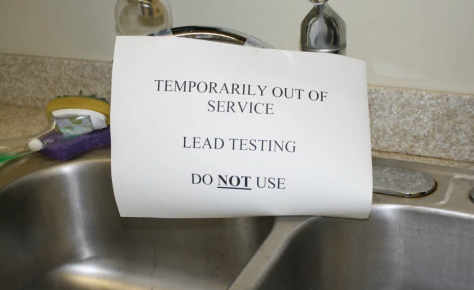THE ELEPHANT IN THE STAFF ROOM—WHY WE NEED TO TALK ABOUT TEACHER WELLBEING
It is impossible to support the social and emotional health of young people, if we as teachers do not attend to our own emotional health.
Anyone who has worked in schools or who knows a teacher will be aware that they are often stressed, tired, and running on empty until the next school holiday arrives. Reports suggest that high workloads, increased monitoring and accountability, challenging pupil behavior or emotional difficulties, ongoing policy changes, inadequate resources, and poor relationships with the media, parents, and politicians are among the many factors that contribute to poor teacher wellbeing.
It is increasingly pressing that teacher wellbeing should be viewed as a serious concern. Statistics show teachers are reporting poor physical and mental health as a result of their work, and, of course, this all has an impact on absence rates, motivation, and staff retention, both for individual schools and for the whole profession.
Teachers need to be on the lookout for stress and burnout. Stress is characterized by over engagement, being emotional, hyperactivity, loss of energy, anxiety disorders and events that will lead to ill health that could lead to early death. Burnout, on the other hand, is much more serious and is characterized by disengagement, dulled emotions, feelings of helplessness and hopelessness, loss of motivation and ideals, detachment and depression, and feeling that life is not worth living.
Teacher wellbeing is not only a profound issue for our teachers, but it also has a major impact on pupil outcomes. Research has shown that teacher wellbeing not only significantly impacts pupils’ SAT results, but also has an effect on pupils’ own social and emotional wellbeing, creating a negative learning environment and damaging the quality of relationships between teacher and pupil.
But how can we improve teacher wellbeing? Many solutions arguably lie within the wider education system, such as creating fair and appropriate expectations around teacher workloads and reducing the pressures faced by schools from accountability processes. There are many strategies that schools or teachers can employ themselves to improve teacher wellbeing.
Firstly, schools need to talk about teacher wellbeing. Recognizing that high stress and poor mental health are common, not exceptional, experiences in the profession is an essential step in making a difference. Figures suggest that up to one in ten teachers have been prescribed antidepressants due to school pressures, and one in three teachers have taken time off because of stress. School leaders need to provide appropriate channels where teachers can speak honestly about their wellbeing, and put strategies and support in place to either preempt or respond to concerns. Often, investing time and money supporting teacher well- being will more than cover the costs associated with stress-related absences. In one school, the principal sets time aside each week so that teachers can request coverage if they feel overwhelmed. This not only enabled the principal to monitor how things are going with the staff but also creates a supportive culture where teachers feel safe to express that things are difficult. Another school hires substitute teachers at particularly stressful times of the year, such as when report cards are due, in order to give teachers more time to complete paperwork.



